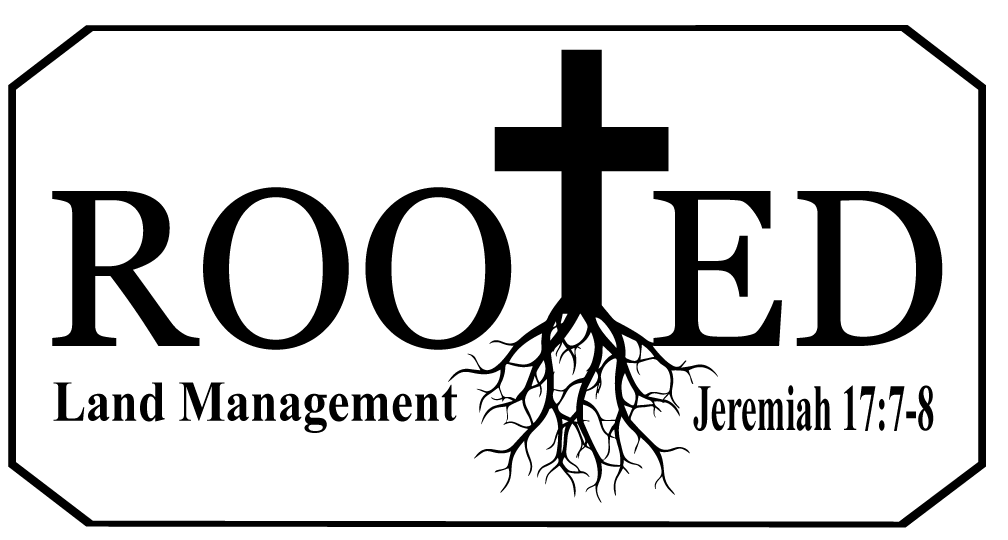Should You Install High Fences on Your Recreational HuntingProperty? Pros and Cons Explained
When it comes to managing recreational hunting land, few topics stir as much debate as the decision to install high fences. Often called “game fencing” or “deer fencing,” these structures—usually 8 feet or higher—are designed to enclose a property and keep game animals, particularly whitetail deer, contained within the boundaries. While high fences can offer significant benefits, they also come with trade-offs that landowners must carefully consider.
Pros of High Fences
- Improved Wildlife Management
One of the strongest arguments for high fencing is the ability to manage game populations more effectively. By limiting the movement of animals on and off the property, landowners can monitor herd size, implement selective breeding practices, and manage age structure and buck-to-doe ratios more precisely. - Controlling the Outcome
High fences also help you control the outcome by allowing you to have your own deer management plan and keeps the thought of the neighbor or the random person driving down the street not having the same values or goals as you when it comes to growing healthy and mature deer. - Enhanced Trophy Potential
With greater control over genetics and nutrition, high-fence properties often produce larger, more mature bucks. This appeals to hunters seeking trophy-class animals and can increase the value of hunting property, leases and guided hunts. - Disease Management
A high fence can help reduce exposure to diseases like Chronic Wasting Disease (CWD) by limiting contact with wild, unmanaged herds. It can also allow for better monitoring and rapid response to outbreaks within a contained population. - Security and Property Protection
High fences deter trespassers and poachers, making it easier to enforce access control. This added layer of security is especially important for landowners investing in expensive habitat improvements or exotic game species.
Cons of High Fences
- High Cost and Maintenance
Installing high fencing is a significant investment. Labor and Material costs can range from $14 to $20 per linear foot, not including gates, corner bracing, or terrain-related challenges. Maintenance is ongoing and essential—any breach in the fence could compromise years of management. - Habitat Fragmentation
High fences can disrupt wildlife migration patterns and cut off natural corridors used by native species. This isolation can have unintended ecological consequences, affecting both game and non-game animals on and around the property. - Legal and Regulatory Complexities
Depending on your location, high-fence properties may be subject to additional regulations, licensing, and inspections—especially if commercial hunting or exotic species are involved. Compliance can add another layer of cost and responsibility.
Conclusion
The decision to install high fences on your recreational hunting property isn’t one to take lightly. While the benefits—particularly in terms of wildlife management, controlling the outcome and security—can be substantial, they come with financial and ecological considerations. Before moving forward contact your local wildlife agencies or contact other landowners who you know have high fencing on their property to gain the information you might need to make the best decision for your property.
If you would like more information on how to move forward with the installation of high fencing on your property, give Rooted Land Management a call at 256-684-1645 or send them a email at info@rootedlandmgt.com.
Brady Willcutt
Owner
Rooted Land Management, LLC
